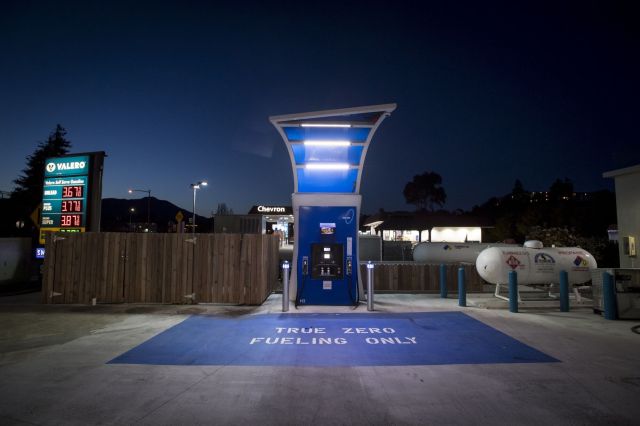A Shift in California’s Clean Vehicle Vision
Mary Nichols, once a champion for hydrogen fuel cell vehicles in California, now drives a battery-electric Ford Mustang Mach-E, highlighting a significant shift in the state’s clean vehicle dynamics. Originally, Nichols extolled the virtues of her Toyota Mirai, which boasted a 300-mile range and swift refueling capabilities along California’s pioneering “hydrogen highway.” Yet, despite her continued openness to hydrogen technology, the allure of battery-electric vehicles, which offer comparable range and more established infrastructure, has become more appealing.
Challenges Dimming the Promise of Hydrogen Fuel
Despite early enthusiasm, hydrogen vehicles have struggled to gain traction compared to their battery-electric counterparts. Last year, sales of hydrogen fuel cell cars in California were dwarfed by battery-electric vehicle purchases—3,143 to 380,000. High refueling costs and a scarcity of hydrogen stations have curtailed the expansion of fuel cell vehicles, even as manufacturers like Toyota and Hyundai continue to invest in the technology.
Infrastructure Struggles and Consumer Frustration
The reality of maintaining a hydrogen car in California has proven challenging for consumers like Tina Imahara, who found the frequent station closures and high fuel costs too cumbersome, eventually prompting her switch to a battery-electric vehicle. The state’s extensive electric charging network, which includes over 105,000 stations, starkly contrasts with the unreliable hydrogen infrastructure, further tilting consumer preference towards electric vehicles.
Additional Context: The Broader Impact on Clean Transportation
As the automotive industry evolves, some manufacturers are exploring battery-electric hydrogen hybrid models, like Honda’s CR-V e, suggesting a potential hybrid future where hydrogen plays a role in a broader electrification strategy. Meanwhile, California continues to invest in hydrogen infrastructure and the production of green hydrogen, primarily targeting heavy-duty transportation applications where hydrogen’s energy density has distinct advantages.
The current landscape, characterized by the dominance of battery-electric vehicles, poses questions about the long-term viability of hydrogen fuel cell technology in personal transportation. The continued competition between these technologies underscores the complexities of transitioning to sustainable mobility solutions, where economic feasibility and infrastructure development play crucial roles.
